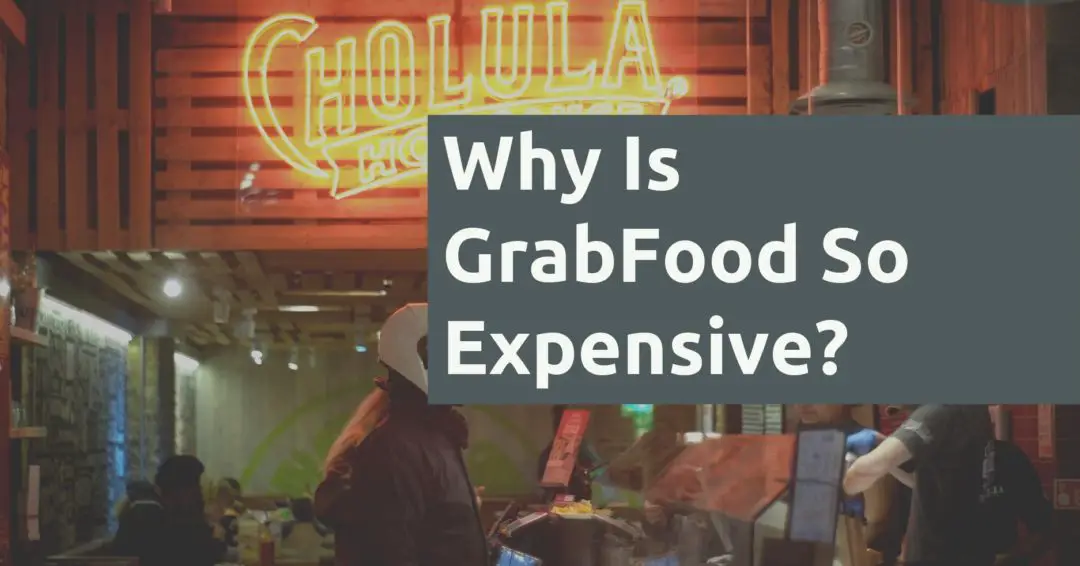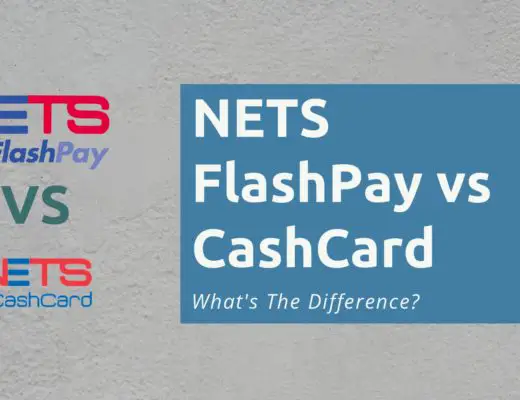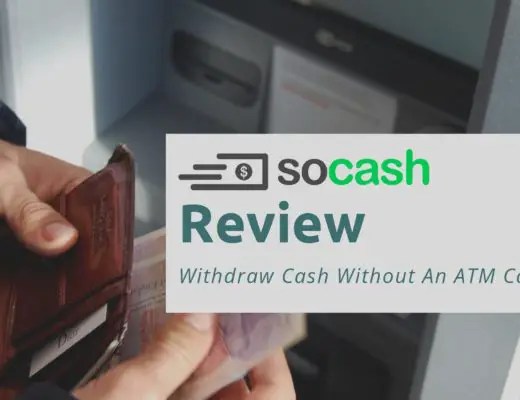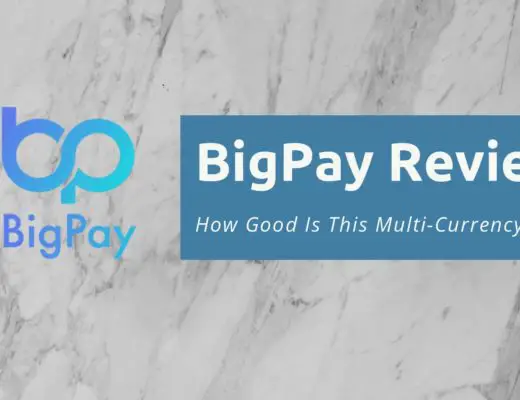Last updated on March 2nd, 2022
Have you felt a sudden midnight craving for a snack or a beverage of hot chocolate, but there was nothing in the pantry? Or you were too lazy to cook or meal-prep after a long day’s work?
However, you may want to think twice before jumping on the wagon of ‘convenience’.
The costs of food delivery have been rising along with the increased demand!
Here’s a detailed breakdown of the costs you may incur when you are ordering with GrabFood. You may be shocked by how much extra you’re actually paying!
Contents
Why is GrabFood so expensive?
GrabFood is expensive due to the extra parties involved. When you order food delivery instead of purchasing directly from the vendor, by yourself, there are 2 more parties added to the equation, namely Grab and the delivery driver.
With more parties involved – each wanting a cut of the order fee – this drives up the price of your food!
Here are the 3 main reasons why a Grabfood delivery can be costly:
1. Base prices are more expensive compared to buying food in-store
You can compare the price of the food when you buy from the store directly with ordering from GrabFood. Usually, it will be more expensive when ordering from Grab!
Here’s a comparison at a chicken rice stall. 1 plate of chicken rice from the stall costs only $2.50, while you pay $3.50 when you order it from Grab.
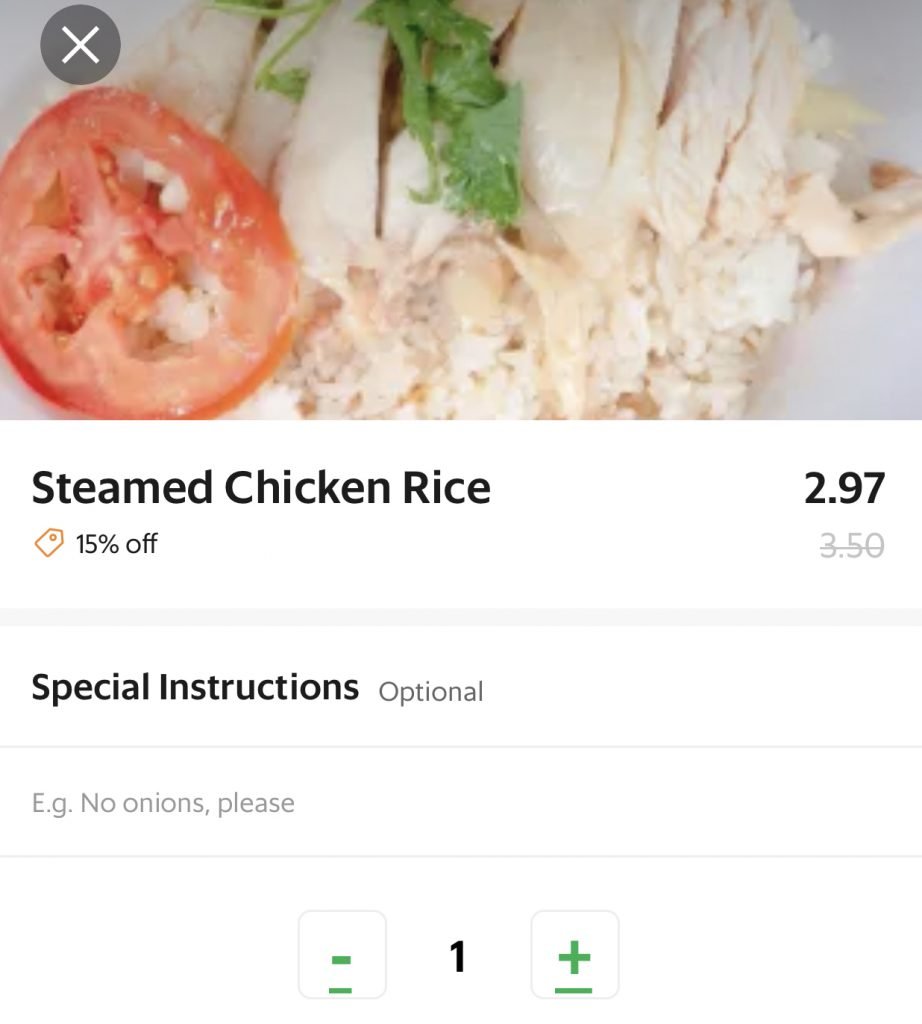
Grab charges merchants a 25-30% commission
Grab claims to charge merchants a 25-30% commission (subject to prevailing GST) for every order placed on their platform.
While it used to be that this commission was not charged for self pick-up, the service fee now applies to both Delivery and Self Pick-Up orders.

To make up for this extra cost, merchants will have to sell their food at a higher price.
This ensures that the merchant will still be able to receive their original selling price.
Using the example above, a $2.50 plate of chicken rice would cost $3.25 on Grab’s platform (130% of the selling price)
In fact, eateries have already been charging more on delivery platforms since 2016!
Added cost of packaging to merchants
Another fee that merchants need to factor in are packaging costs, including the costs of plastic packaging and cutlery.
This is also the case for restaurants that do not usually provide takeaway services. With the COVID-19 pandemic, they have been forced to pivot towards providing delivery services.
These restaurants usually rely on reusable cutlery and plates which can be washed. With an increase in food delivery, they will now have to purchase plastic utensils.
Some stalls usually charge an extra 20 cents to account for this cost when you takeaway from their stalls.
If merchants factor in the cost of packaging into their prices on the GrabFood menu, this may bring up the price too!
Added costs result in higher prices charged to you
While Grab encourages merchants to charge the same prices as their original menu, it is unlikely most merchants will do this.
While delivery platforms have helped expand merchant’s reach, it also adds to their costs.
To cover these costs, merchants need to charge higher prices on food delivery platforms such as GrabFood.
2. Delivery fees are dynamic
Grab charges a delivery fee for every order made. This delivery fee is dynamic, meaning that it changes based on the following factors:
- The area you’re ordering from;
- The time you place the order; and
- The merchant you order from.
Grab does not provide a formula as to how the delivery fee is determined. However, a normal delivery fee usually starts from $2.50 to $3.
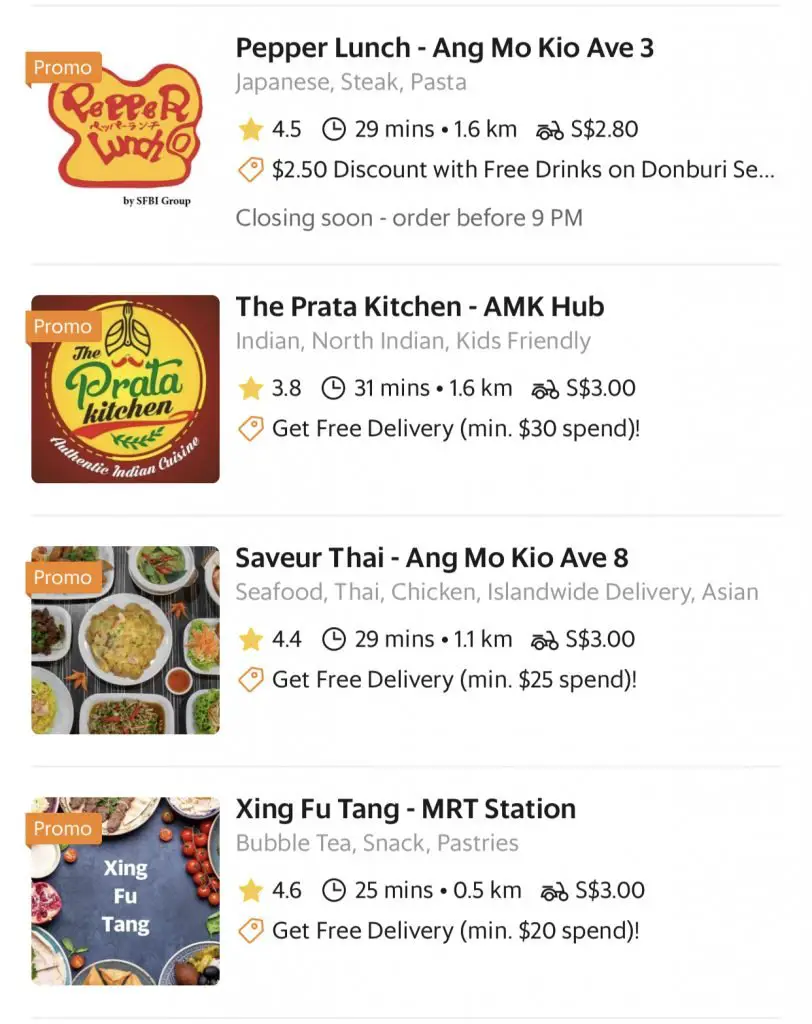
There may be a higher demand for food delivery at certain times. Some of these peak timings include:
- Weekends
- Dinners
- Rainy days
When there is a higher demand for the delivery services, Grab may charge a surge delivery fee.
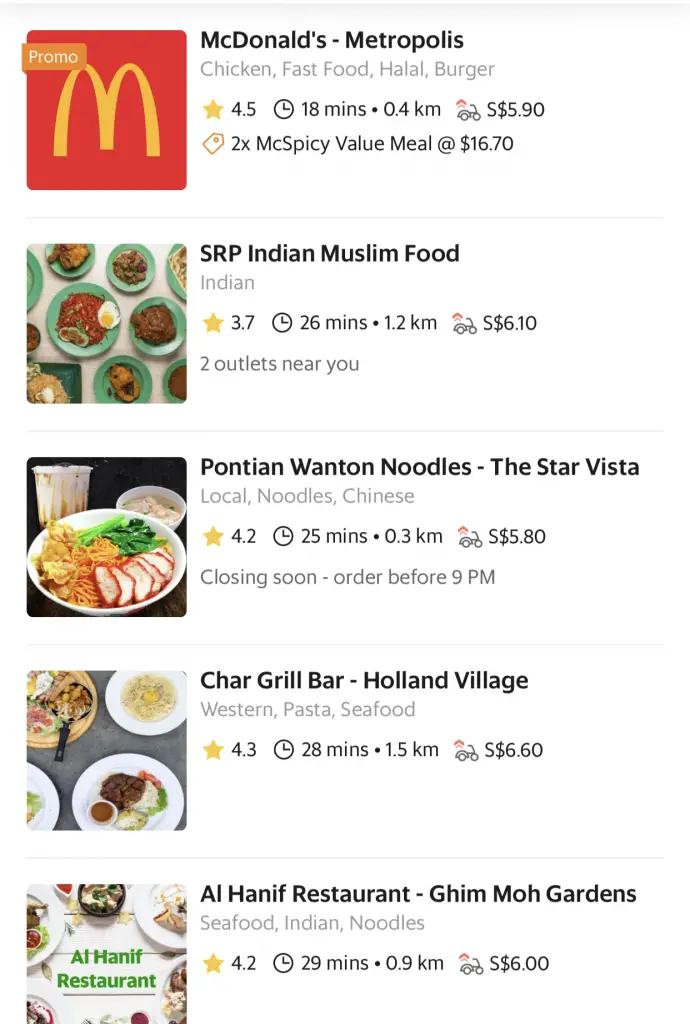
These fees are generally higher than the usual delivery fee. The surge fee is also similar to the higher fees charged by Grab’s ride-hailing service.
Delivery fees can be very expensive
Even without the surge charge, some restaurants charge exorbitant fees. The highest I’ve seen thus far is Haidilao, with a $23 delivery fee!
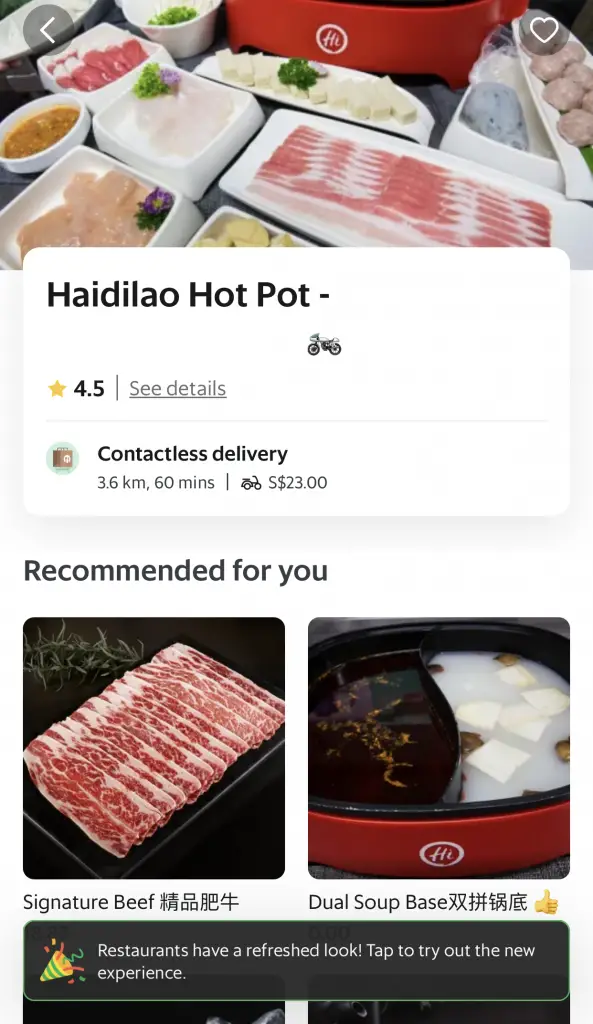
Other restaurants that perform islandwide deliveries usually charge high delivery fees too.
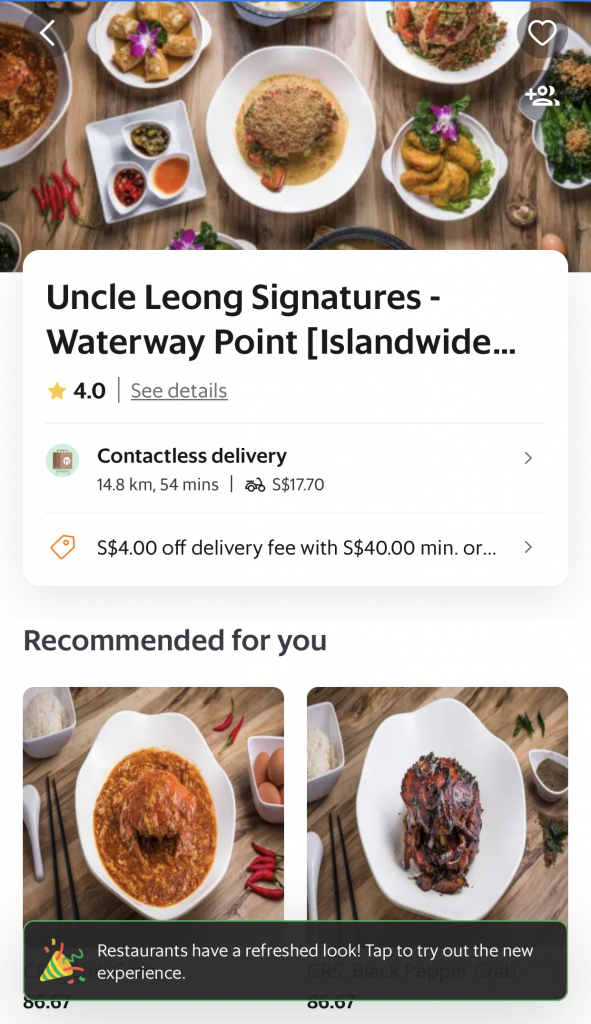
This is because these restaurants are really far away from you. As such, the fee that Grab pays the driver will correspondingly be much higher.
The delivery fee goes entirely to the delivery partner
Grab stated that the delivery fee paid is pocketed by their delivery partners. When the delivery fee is low, Grab may sometimes top up from the 30% commission that they earn.
This will give the delivery partner enough incentive to deliver the food to you. The fee that they receive needs to be enough to cover:
- The travelling time to the restaurant;
- The waiting time for the food to be prepared;
- The distance covered from the restaurant to your address; and
- The cost of petrol or maintenance of their bicycles.
Moreover, delivery partners may earn extra bonuses when they complete certain trips. This is also paid with Grab’s 30% commission.
Grab no longer provides free delivery subscriptions
Previously, Grab used to offer subscription plans for their food delivery service. For $9.99 a month, one could receive free deliveries for up to 50 GrabFood orders.
Considering the price of the delivery fees, this seemed worth it if you frequently used GrabFood!
However, these subscription plans are no longer available, with the exception of “Bubble Tea Club” subscription plan.
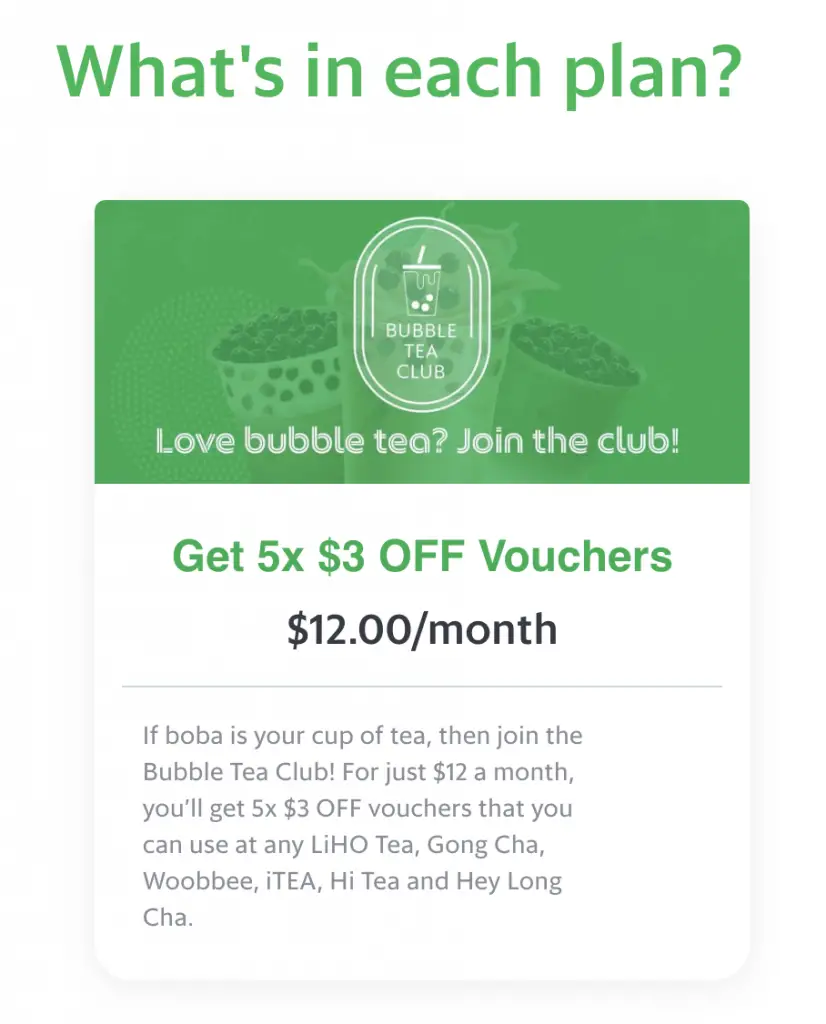
Grab may have removed the subscription plans as these could have added costs to the platform.
With these free deliveries, Grab would have to use more of their commission to pay the delivery partner instead.
Since Grab already has a large customer base, subscription plans may no longer be cost-effective for them.
Thus, it is not really worth buying subscription plans on Grab!
Delivery fees may add up to the cost of your delivery
It is very important to consider delivery fees when you order from GrabFood.
A customer previously questioned why he was charged a $14.50 service fee. This was because he ordered from a merchant that accepts Islandwide Delivery.
Since the merchant was really far away from the customer, the delivery fee was extremely high!
100% of the high delivery fee was given to the delivery partner to compensate him for the long delivery ride.
Here are some suggestions to reduce the delivery fees paid on your order:
- Ordering from restaurants that are closer
- Ordering during non-peak hours to avoid being hit by “surge”-charges
3. Grab began charging extra fees to cover costs
Grab expects its food delivery service, which began in 2016, to only breakeven by end-2021!
It is a good thing that Grab provides other services like its ride-hailing service and AutoInvest.
There are several costs Grab incurs in order to run the entire food delivery service:
- Delivery rider fleet management
- Delivery rider insurance
- Tech and customer support
- Product development and platform improvement
- Payment processing fees
- GrabRewards programme
- Grab-funded promotions (e.g. free delivery)
- Advertising campaigns for merchants
- Launching new merchant support measures
Moreover, they may not obtain the full 30% commission from every order, as some of the commission will go towards covering the fees for their delivery partners.
Consequently, Grab began charging the following additional fees to help cover their costs:
$0.30 platform fee
Grab is now charging a platform fee of $0.30 for each GrabFood order you make.
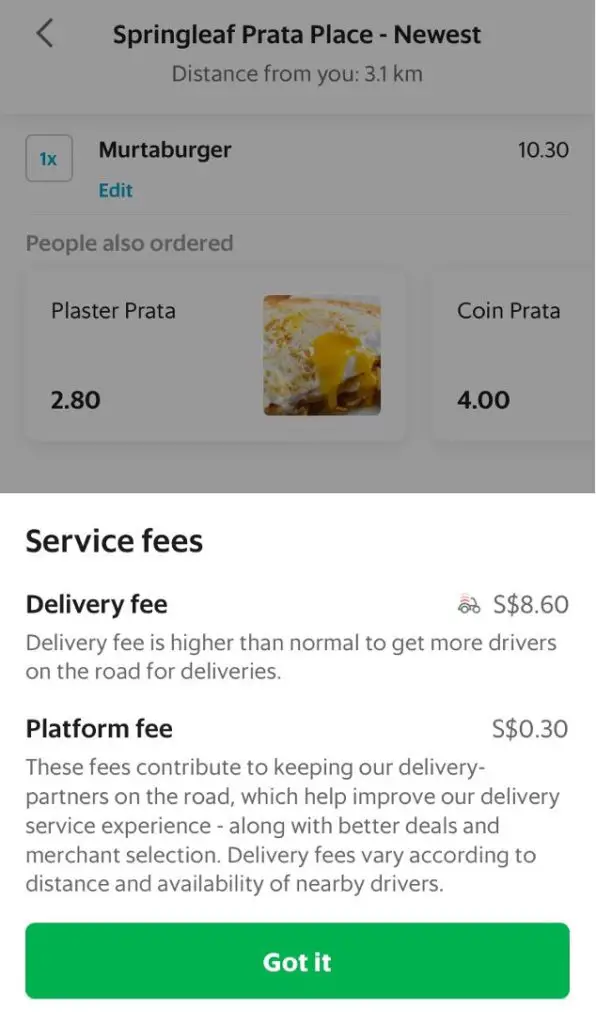
Grab claims this fee helps them to improve their service and technology in order to continue providing a good customer experience.
Minimum order fee
When GrabFood was first launched, one of their selling points was that there was no minimum order. You could order a cup of bubble tea if you wanted to!
However, this is no longer the case!
Grab now charges a small order fee whenever your total order amounts to less than $8.
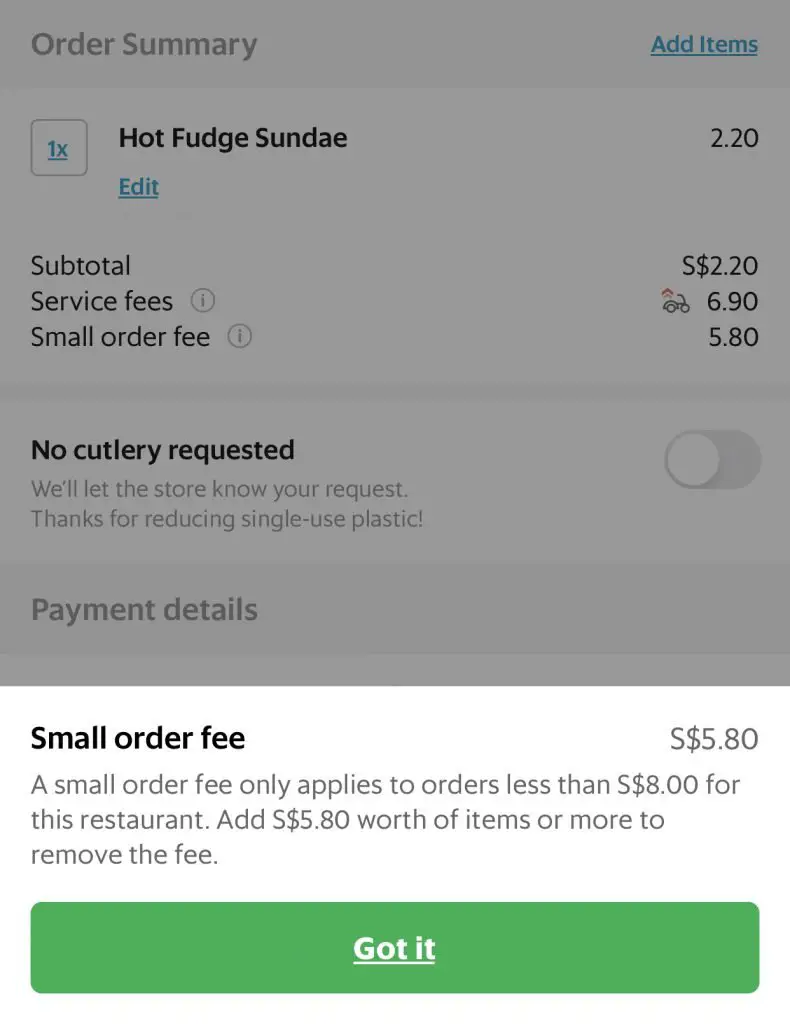
The small order fee that you pay will make your delivery amount to $8.
Grab must have realised that the margins are really low when they had no minimum order. The commissions that they earn from extremely small orders are really low.
Moreover, there could be extra costs incurred when they accept such a small order!
As such, Grab has started charging a small order fee as well.
These extra fees will make your food more expensive
All these extra fees add up, especially if you frequently order from GrabFood.
If you do not pay attention to the small order fee, the amount that you pay may be really exorbitant!
Conclusion
There are many hidden costs to operating a food-delivery service. Besides the delivery rider, Grab has to also pay other staff, including those on the support, marketing and tech teams.
Even though there has been an increase in demand for food delivery services, it does not mean that Grab is able to profit from it. Grab has mentioned that they only receive $1 from a food order of $21.60.
With these additional costs, some will be passed on to consumers, such as yourself.
Moreover, both the merchants and delivery partners need to have a sizeable cut of the delivery fee to continue using the service.
With so many parties involved, it is no wonder that the price of food delivery has shot up.
After considering all of these costs, you may decide to go down and eat at a nearby stall instead!

Do you like the content on this blog?
To receive the latest updates from my blog and personal finance in general, you can follow me on my Telegram channels (Personal Finance or Crypto) and Facebook.
Are you passionate about personal finance and want to earn some flexible income?

